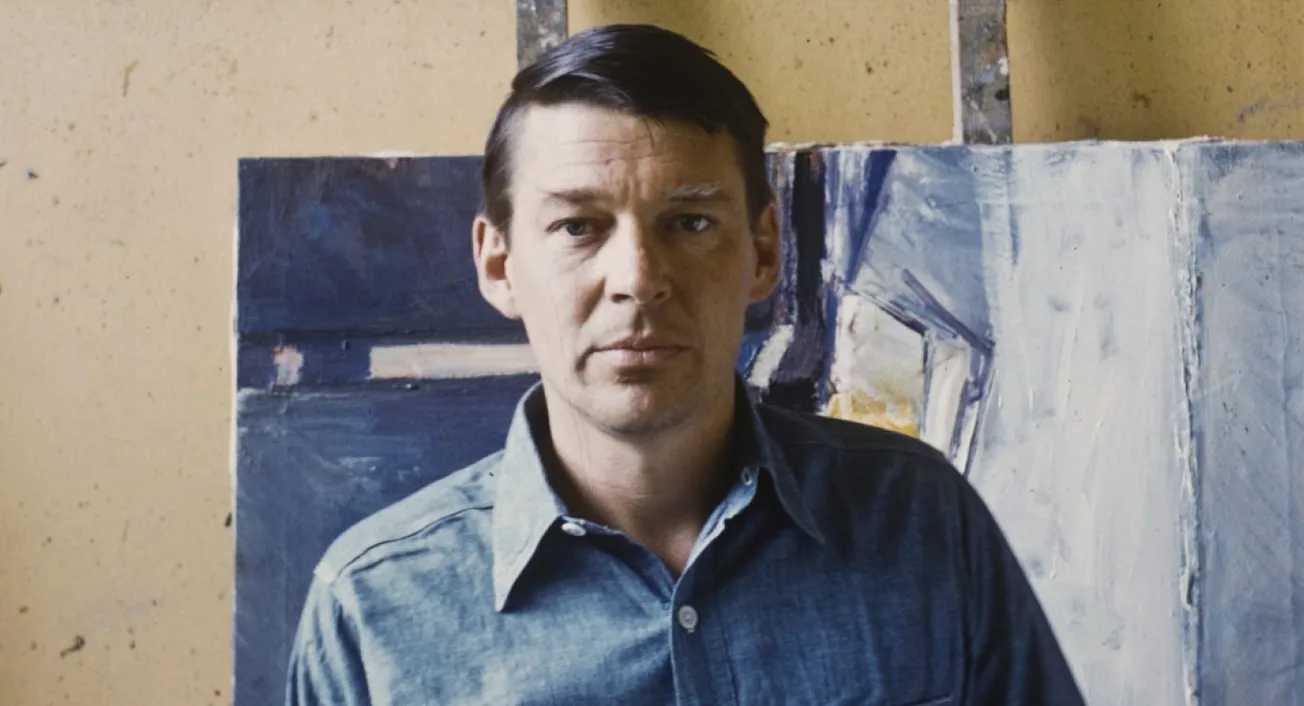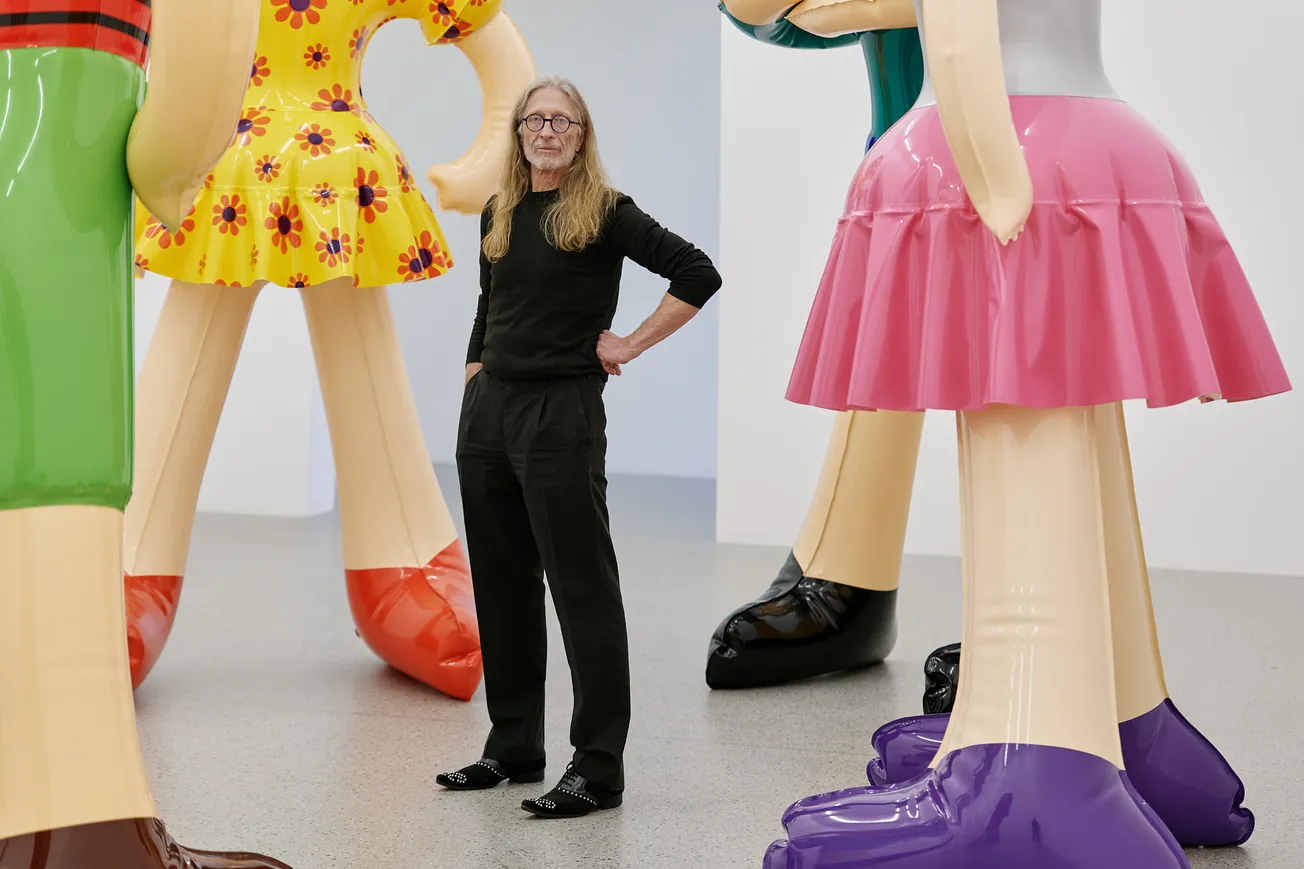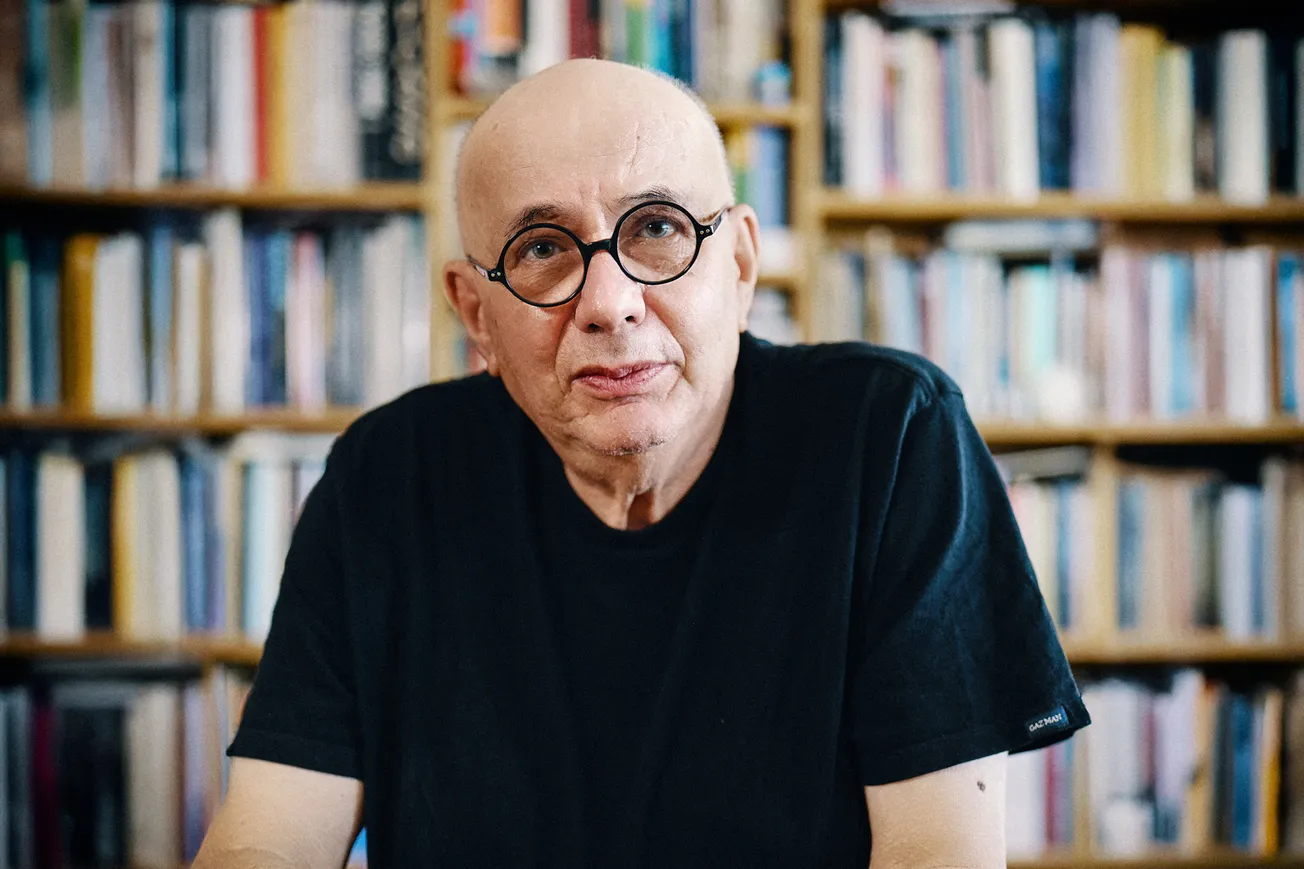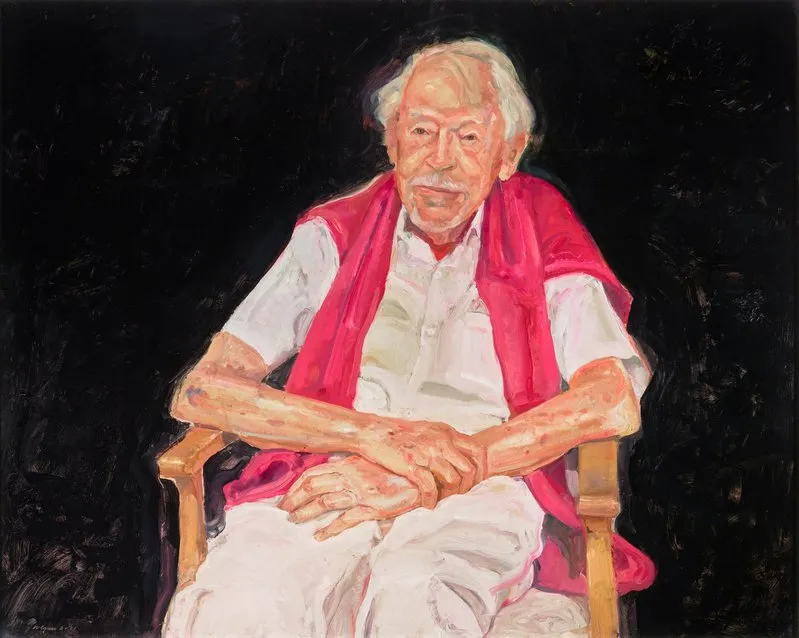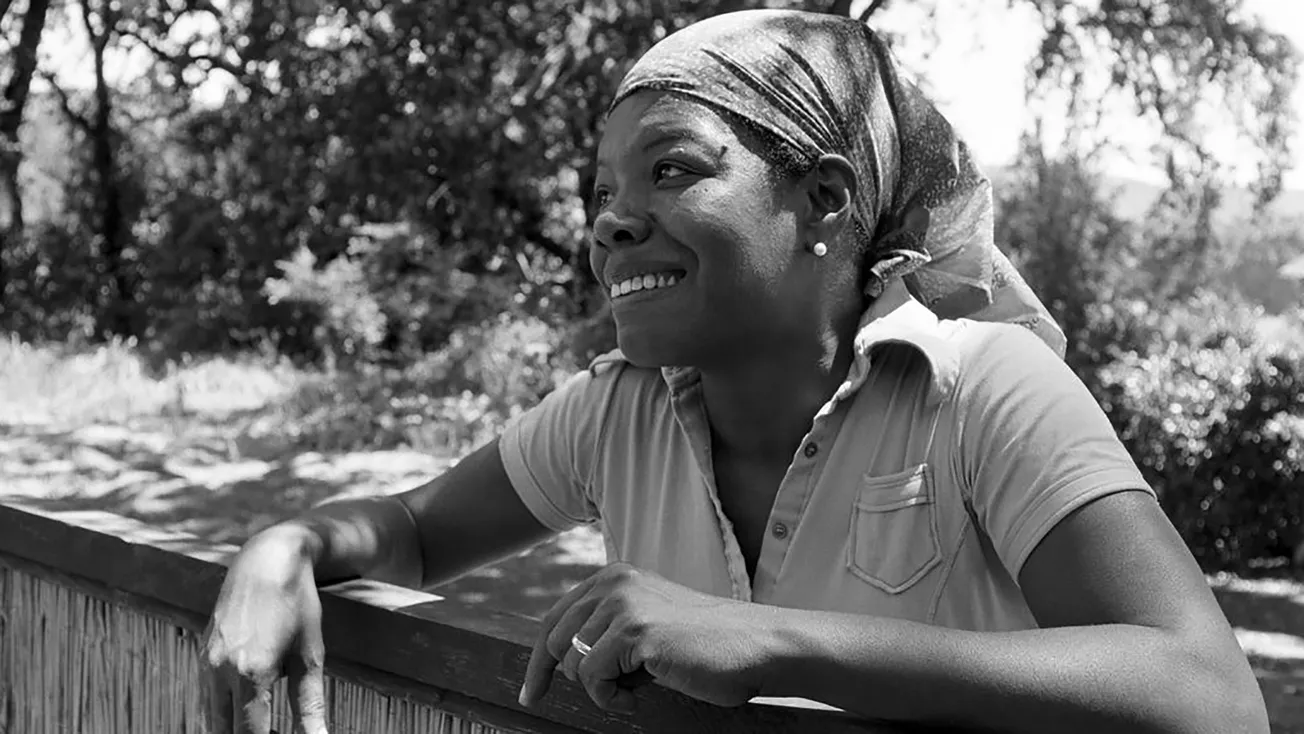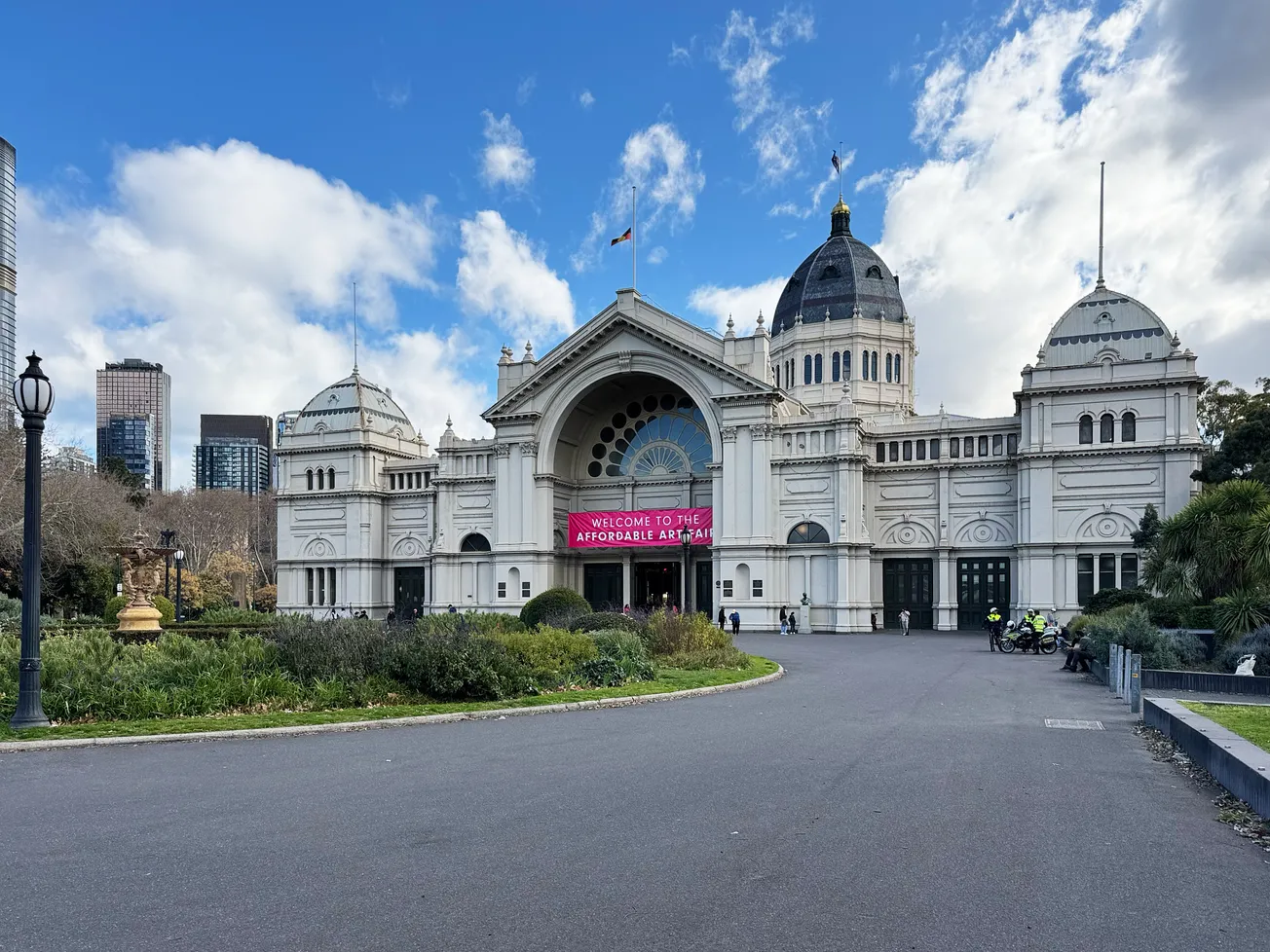Table of Contents
Richard Diebenkorn stands as a singular figure in the narrative of post-war American art. Uniquely resistant to categorization, his career traced a remarkable path through Abstract Expressionism, profound figurative exploration, and culminated in the luminous, architectonic abstractions of his celebrated Ocean Park series. His journey was not one of abrupt reinvention, but rather a continuous, deeply considered dialogue between observed reality, the act of painting itself, and the vast legacy of modernism. To understand Diebenkorn is to appreciate an artist who embraced change not as a rejection of the past, but as an evolution built upon rigorous self-assessment and an unwavering commitment to visual discovery. His work, while deeply personal, resonates with the broader shifts in artistic thought, yet always maintains a distinct, independent voice, particularly associated with the burgeoning West Coast art scene.
Formative Years: Seeds of Observation and Modernist Encounters
Born in Portland, Oregon, in 1922, Diebenkorn's relocation to San Francisco at age two placed him in the environment that would shape much of his early artistic identity. His grandmother, a painter and poet, provided crucial early encouragement, fostering a sensitivity to visual expression. This nascent interest found academic grounding at Stanford University, starting in 1940. While initially studying history and art history, a pivotal influence emerged in Professor Daniel Mendelowitz. Mendelowitz didn't just teach technique; he opened Diebenkorn's eyes to the structural integrity and emotional resonance of European modernists. Critically, he introduced Diebenkorn to the work of Edward Hopper. Hopper’s distinct use of light, his melancholic framing of American scenes, and the underlying geometric structure within his compositions left an indelible mark on the young artist, planting seeds of interest in representational structure even as abstract modes gained prominence. Furthermore, exposure to the Fauvist brilliance of Henri Matisse, particularly his mastery of colour and flattened perspective, proved foundational, an influence Diebenkorn would return to and reinterpret throughout his career.
His studies were interrupted by World War II. Enlisting in the Marine Corps in 1943, Diebenkorn was stationed in Quantico, Virginia. Even amidst military service, his artistic pursuits continued. He visited the Phillips Collection in Washington D.C., encountering works by Matisse, Picasso, Braque, and particularly Pierre Bonnard, whose intimate domestic scenes and complex colour harmonies further enriched his visual vocabulary. This period underscores an important aspect of Diebenkorn's character: his ability to absorb and synthesize diverse influences while maintaining his focus on artistic development, even under challenging circumstances. After the war, he briefly attended the California School of Fine Arts (now the San Francisco Art Institute) on the G.I. Bill, immersing himself in a vibrant atmosphere charged with the energy of Abstract Expressionism, then solidifying its hold on American art.
The Abstract Expressionist Crucible: Forging a Path on the West Coast (1946-1955)
The late 1940s and early 1950s saw Diebenkorn fully engage with the prevailing language of Abstract Expressionism. However, his relationship with the movement, largely centred in New York, was complex. While clearly influenced by figures like Willem de Kooning (evident in the energetic brushwork and fusion of abstraction and vestigial figuration) and Arshile Gorky (whose biomorphic forms resonated), Diebenkorn's work from this period often possessed a structural coherence and landscape sensibility distinct from the more existential angst or purely gestural impulses of some East Coast counterparts.
His time spent in different locales significantly shaped the evolution of his abstract style. The move to Sausalito (1947-1950) yielded works characterized by improvisational energy. Later, teaching and studying in Albuquerque, New Mexico (1950-1952), introduced a different light and palette. The vast desert landscapes, the quality of the Southwestern light, and perhaps even the influence of Native American art forms seem to infuse paintings like Untitled (Albuquerque) (1951). These works feature dynamic, interlocking forms, often earthy in tone but punctuated by vibrant colour, demonstrating a sophisticated understanding of abstract composition – a push and pull between surface gesture and underlying structure.
Subsequently, a stint in Urbana, Illinois (1952-1953), followed by his return to Berkeley, California (1953-1955), marked a consolidation phase. Works like the Berkeley series show a move towards broader planes of colour and a more pronounced structural grid, hinting at the landscape origins without depicting them directly. Compared to the dense, often tumultuous canvases emerging from New York, Diebenkorn's abstractions, even at their most gestural, often retained a sense of considered placement and spatial organization, reflecting perhaps the influence of the Bay Area's geography and light, and his own temperament. He was wrestling with the tenets of Abstract Expressionism, mastering its vocabulary, but already tailoring it to his own observational instincts and structural inclinations.

The Figurative Turn: Leading the Bay Area Renaissance (1955-1966)
Around 1955, Diebenkorn made a decision that seemed, to many in the art world, like a radical departure, even a regression. He began to reintroduce the figure and recognizable landscapes into his painting. This was not an isolated act but part of a broader shift occurring among a group of San Francisco artists, including David Park (who had made the move earlier) and Elmer Bischoff. Together, they became the core figures of the Bay Area Figurative Movement.

This was not simply a return to traditional representation. Diebenkorn, Park, and Bischoff carried the lessons of Abstract Expressionism – the bold brushwork, the rich paint application, the emphasis on the painting process – into their figurative work. Diebenkorn's paintings from this period often feature solitary figures in domestic interiors, still lifes on tables, or expansive local landscapes. Works like Woman by a Large Window (1957) exemplify this phase. The figure is clearly rendered, yet the surrounding space is treated with broad, painterly passages of colour. There's a tension between the illusion of depth and the assertion of the flat canvas, a dialogue between representation and abstraction. Light, often dramatic and structured, carves out forms and defines spaces, echoing the early influence of Hopper but translated through a more modern, painterly sensibility.

His landscapes, such as Cityscape #1 (1963), similarly blend observation with abstraction. Roads, buildings, and hills are discernible, but they are constructed through vigorous brushstrokes and planes of colour that emphasize the composition's abstract qualities. The paint itself – thick, layered, scraped, and reworked – is always foregrounded.
This move occurred precisely when Abstract Expressionism's dominance was being challenged, not by figuration in the traditional sense, but by Pop Art's embrace of commercial imagery and Minimalism's radical reduction of form on the East Coast. Diebenkorn's path was distinctly different. His figuration was deeply personal, rooted in his immediate surroundings and classical compositional concerns, yet executed with a modern, expressive handling of paint. It was an assertion of the continued relevance of observational painting, enriched, not negated, by the experience of abstraction.

Ocean Park: Synthesizing Light, Line, and Landscape into Abstraction (1967-1988)
In 1966, Diebenkorn accepted a teaching position at UCLA and moved to Santa Monica, setting up a studio in the Ocean Park neighbourhood. This relocation precipitated the final, and arguably most celebrated, phase of his career: the Ocean Park series. Returning to abstraction, this monumental body of work, comprising over 140 paintings and numerous works on paper, occupied him for more than two decades.
These are not abstractions of the Ocean Park landscape in a literal sense, but rather abstractions informed by its specific atmosphere, light, and spatial characteristics. The coastal environment – the hazy Pacific light, the grid-like layout of the streets viewed from his studio window, the interplay of natural and man-made geometries, the horizon line – provided a constant source of sensory input that was distilled into a unique visual language.
The Ocean Park paintings are characterized by their large scale, luminous and layered fields of colour, and a distinctive armature of intersecting diagonal and vertical lines. These lines, often appearing as if drawn or incised through layers of paint, delineate broad geometric zones while simultaneously creating pathways for the eye. They suggest architectural elements, boundaries, horizons, or perhaps the very process of constructing the painting itself.
Technically, these works reveal a fascinating process of revision and layering. Diebenkorn would build up surfaces with thin washes and thicker applications of paint, scraping back, overpainting, and adjusting colours and lines over extended periods. Traces of underlying colours and earlier compositional decisions often remain visible (pentimenti), lending the paintings a palpable sense of history and process. The colours range from ethereal, sun-bleached pastels to deeper, more saturated hues, always modulated to capture a specific quality of light and atmosphere. There's a feeling of both immense space and intimate surface detail.
While superficially related to Color Field painting (Rothko, Newman) in their emphasis on large areas of colour, the Ocean Park series possesses a structural complexity and a connection to observed reality (however abstracted) that sets it apart. The linear framework and the sense of spatial construction also differentiate it from the pure opticality of some Color Field work and the stark objecthood of Minimalism. It represents a profound synthesis: the gestural freedom of his early abstraction, the structural concerns honed during his figurative period, and the deep, abiding influence of Matisse's colour and compositional strategies are all sublimated into this new, serene, yet rigorously constructed abstract language. Works like Ocean Park No. 54 (1972) or Ocean Park No. 116 (1979) exemplify the delicate balance between geometric order and painterly freedom, suffused with the characteristic light of Southern California.
Technique: The Archaeology of the Canvas
Across all phases, Diebenkorn's technique involved intense revision and layering. He didn't arrive at a final image quickly; his process was one of discovery through relentless addition and subtraction.
- Layering and Pentimenti: His canvases often bear the visible history of their making. He applied paint, scraped it away, drew lines, painted over them, allowing ghosts of previous forms and colours to peek through. This creates a rich, complex surface that speaks to the passage of time and the evolution of the artist's thought process. This reflects a view of the painting as a record of deliberation.
- Color and Light: From the vibrant clashes in his early abstracts to the structured light in his figurative works and the luminous, atmospheric hues of Ocean Park, colour was paramount. He masterfully modulated tone and temperature to evoke specific light conditions and emotional states. His dialogue with Matisse is particularly evident here, absorbing the lessons of Fauvist colour liberation and integrating them into his own structural concerns.
- Line as Structure: Whether defining the edge of a figure, structuring a landscape, or forming the geometric scaffolding of Ocean Park, line was crucial. It wasn't merely contour; it was an active agent in organizing the pictorial space, creating tension and balance, often revealing the underlying drawing or thinking process.
- Compositional Tension: Diebenkorn consistently explored the tension between flatness and depth, representation and abstraction. Even in his most abstract works, there's often a suggestion of landscape or architectural space. Conversely, his figurative works emphasize the flat, abstract arrangement of shapes on the canvas. This dialogue provides enduring intellectual and visual richness.
Legacy: An Independent Trajectory in American Art
Richard Diebenkorn's career defied the linear progression often expected of modern artists. His willingness to move between abstraction and figuration, driven by internal necessity rather than external trends, marked him as fiercely independent. He demonstrated that these modes were not mutually exclusive but could inform and enrich one another.
He played a crucial role in establishing the legitimacy and distinctiveness of the West Coast art scene, proving that significant artistic innovation was happening outside of New York. His influence extends to generations of painters drawn to his thoughtful synthesis of observation, painterly process, and abstract structure.
In the broader context of 20th-century art, Diebenkorn offers a compelling alternative to the dominant narratives. While Abstract Expressionism exploded onto the scene and was followed by the reactions of Pop, Minimalism, and Conceptualism, Diebenkorn carved his own path, absorbing influences from European modernism (Matisse, Bonnard, Mondrian) and American precursors (Hopper) while engaging with contemporary movements on his own terms. The Ocean Park series, in particular, stands as one of the most significant achievements in late modernist painting, a testament to the enduring power of abstraction when rooted in sensory experience and rigorous formal investigation.
Richard Diebenkorn’s enduring legacy lies in his artistic integrity, his profound exploration of the act of seeing and painting, and his creation of a body of work that is both deeply personal and universally resonant. His paintings invite contemplation, rewarding sustained looking with revelations of structure, light, and the complex beauty found in the dialogue between the observed world and the painted surface. He remains a benchmark for artists grappling with the legacies of abstraction and representation, proving that the most compelling paths are often those forged with independence and unwavering dedication to vision.

